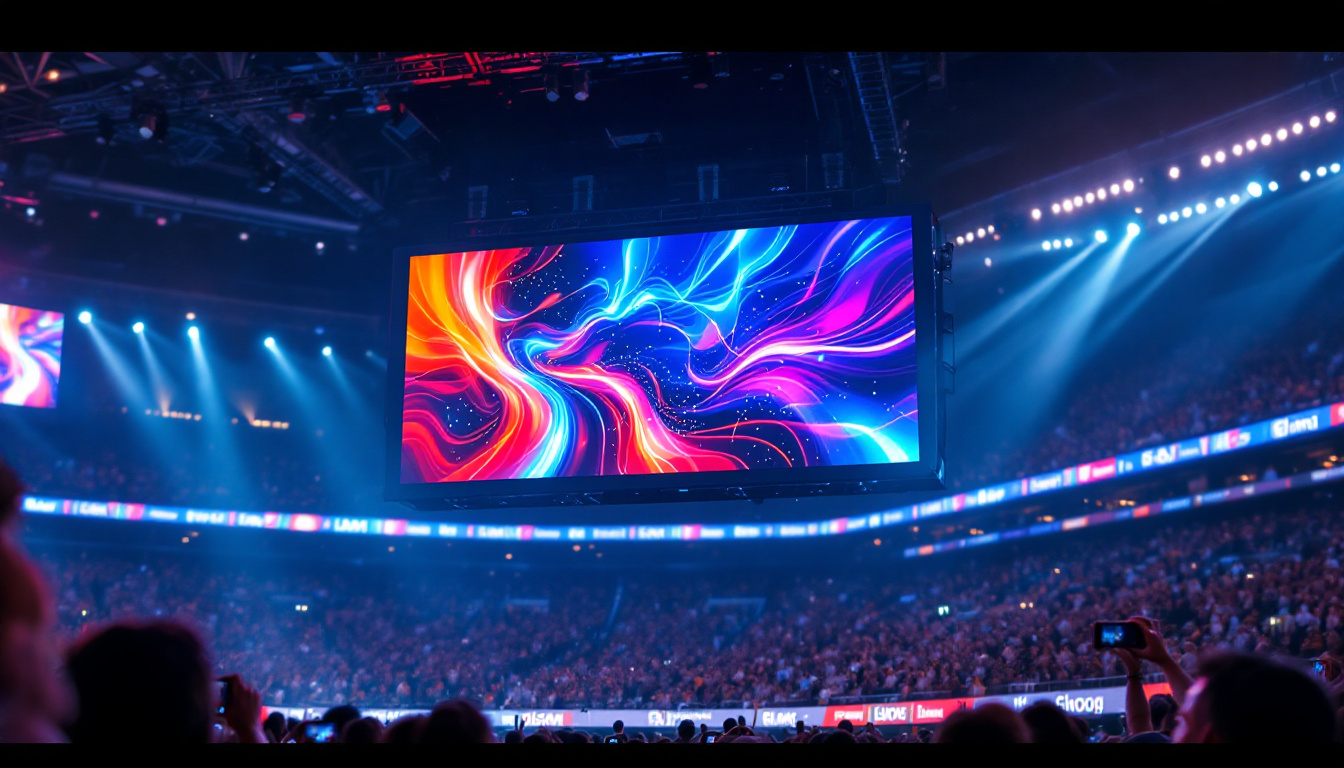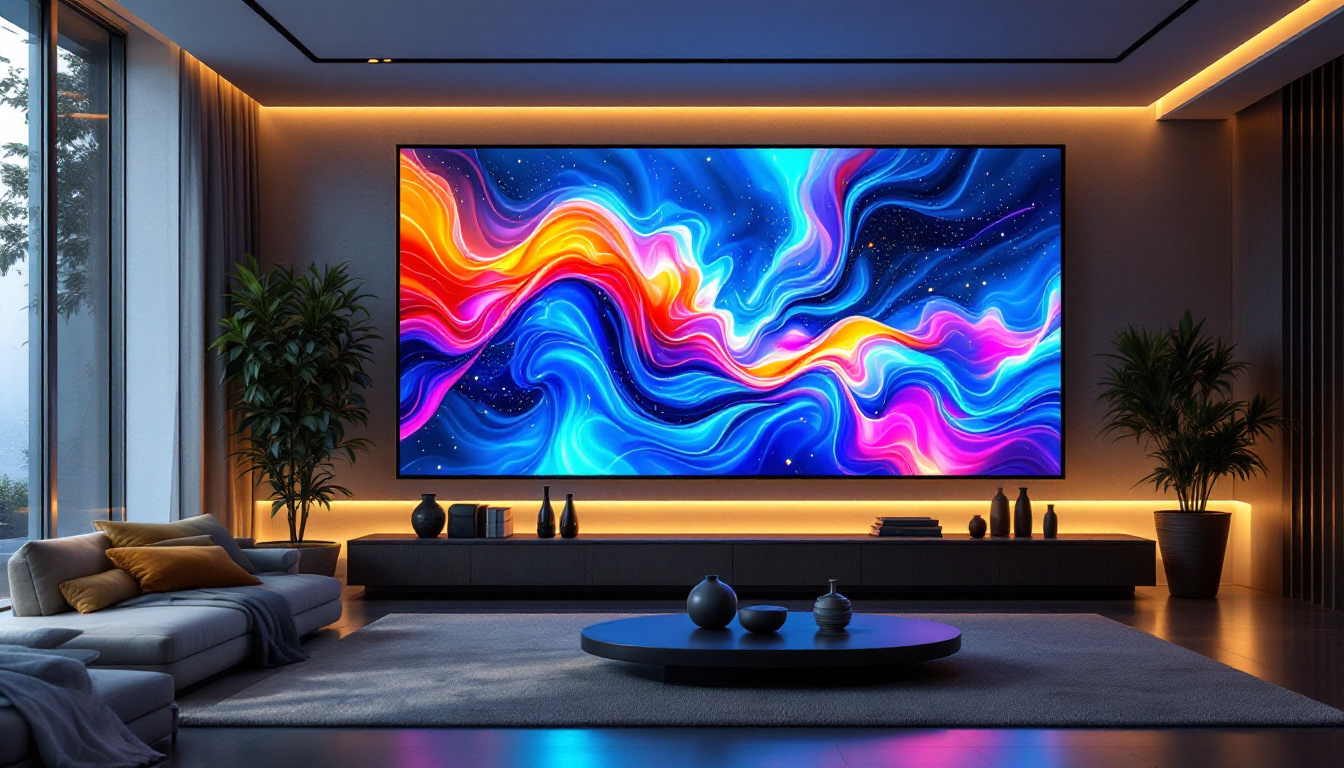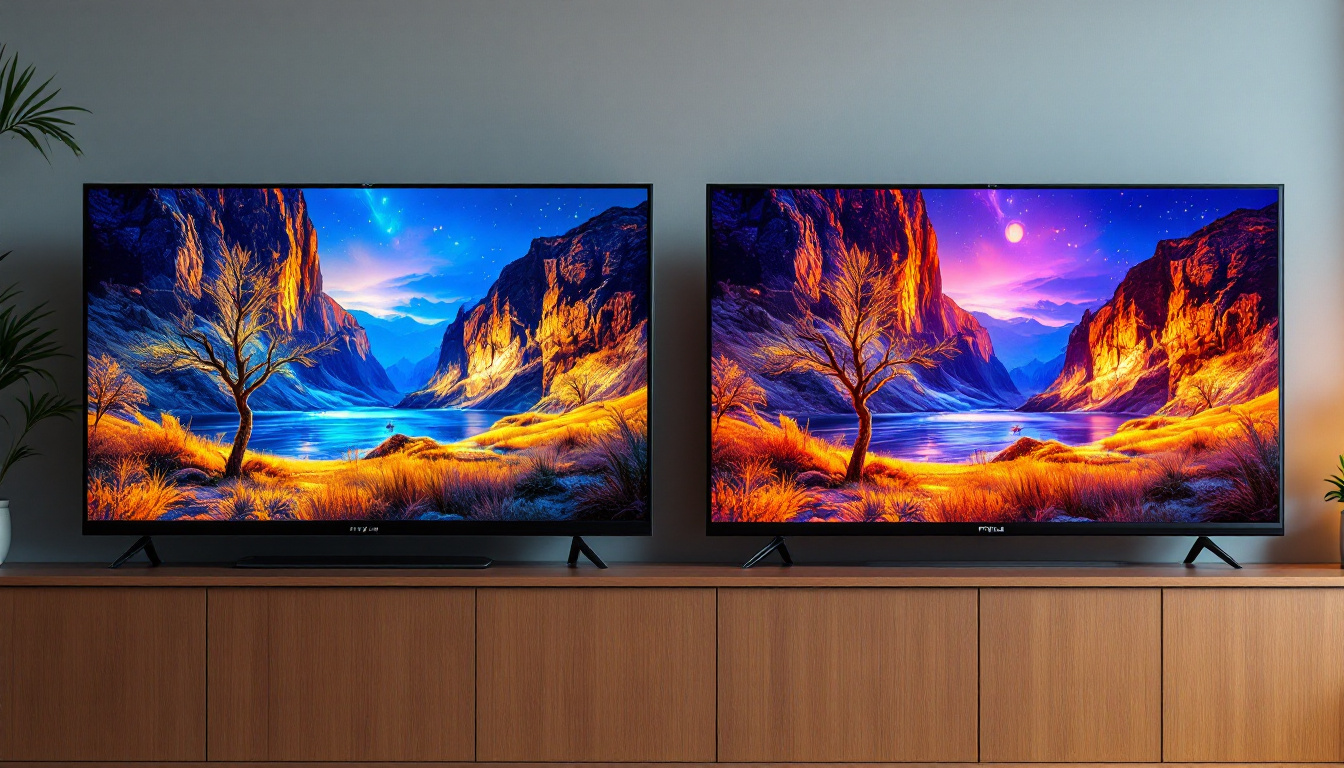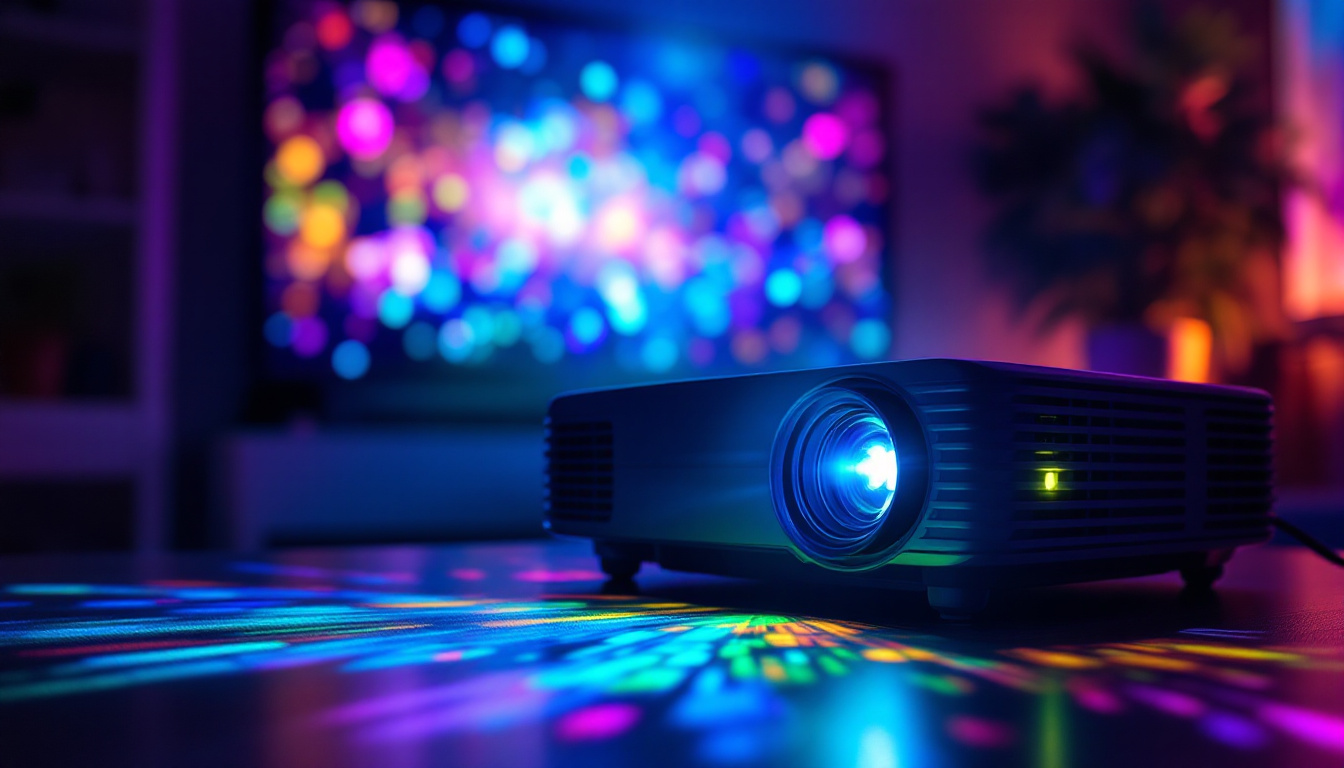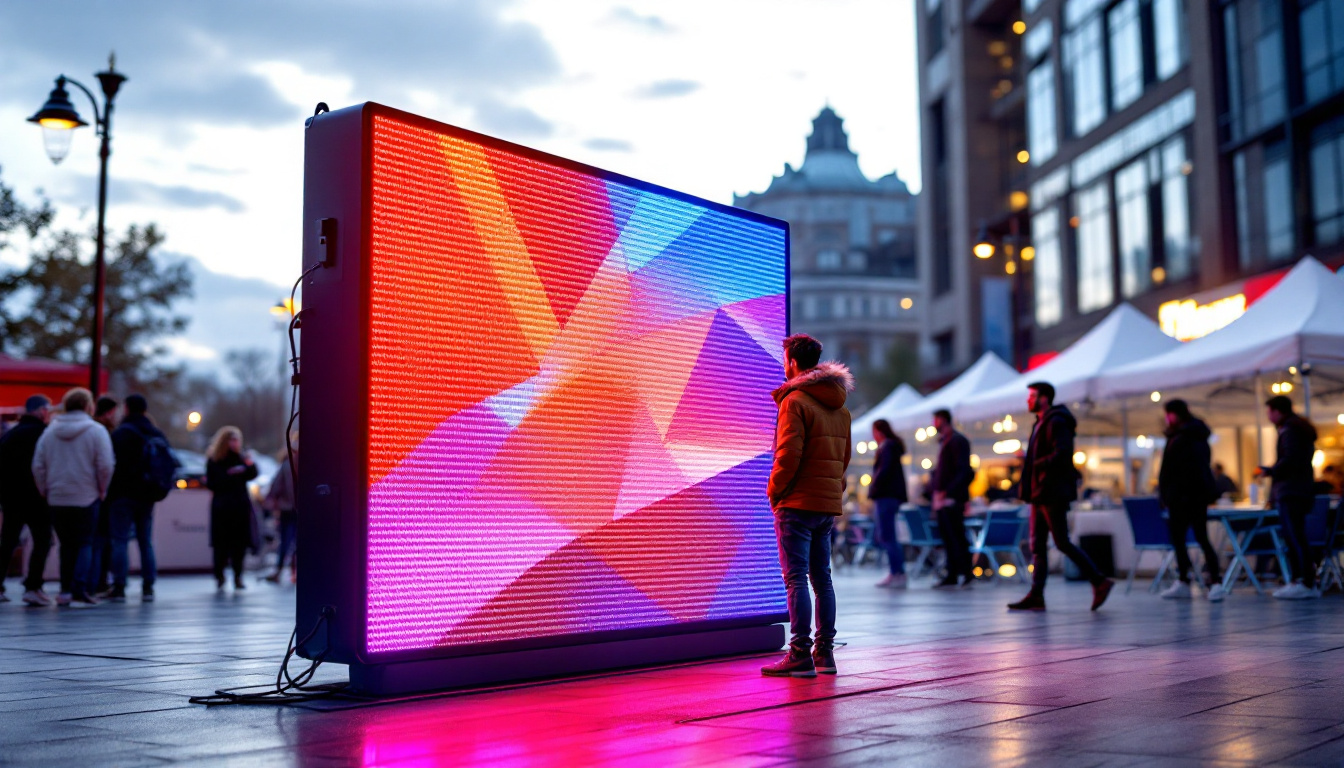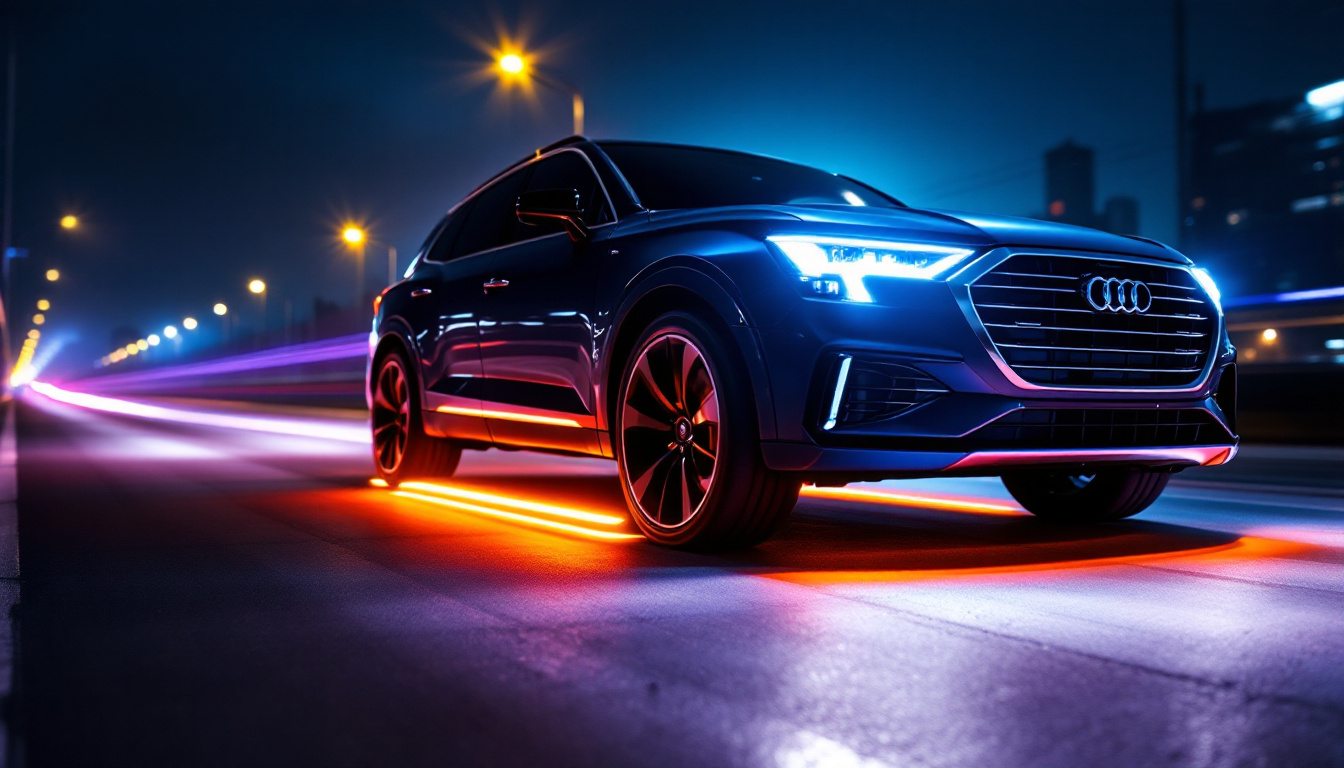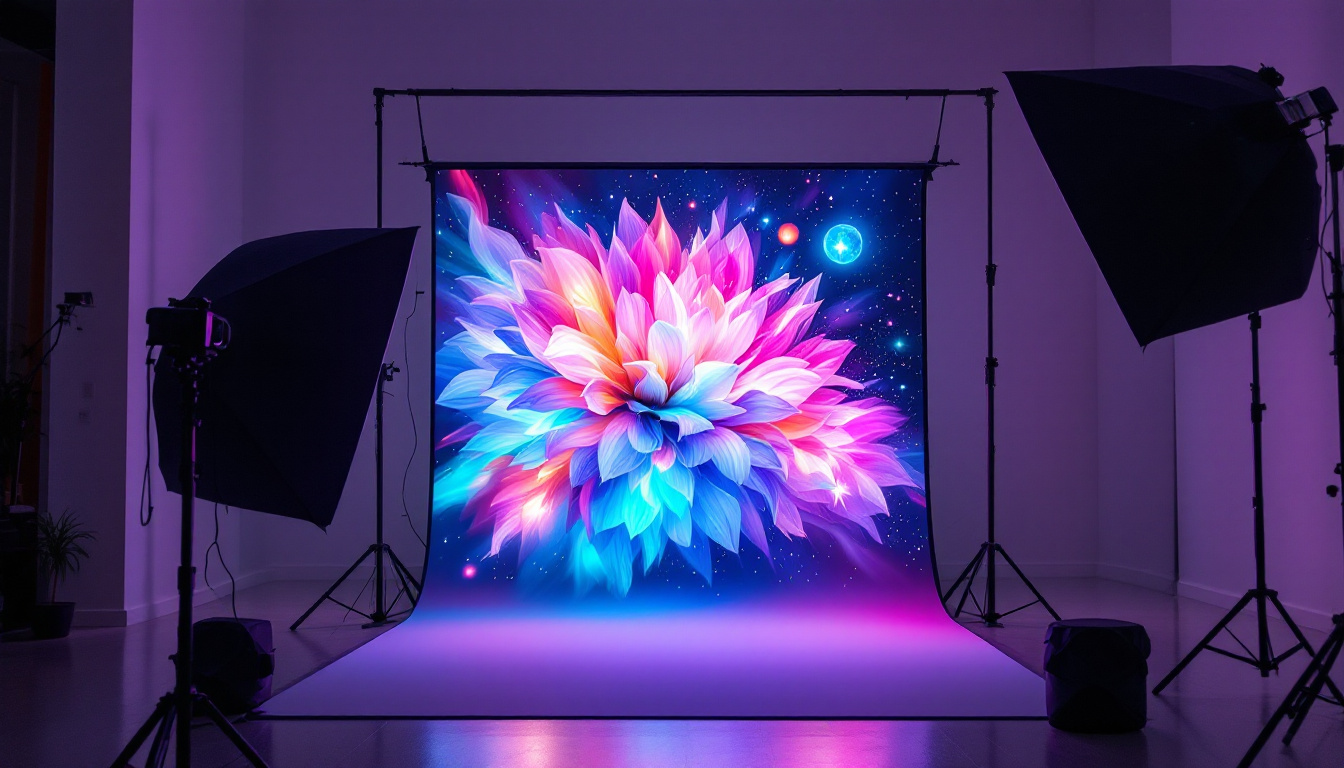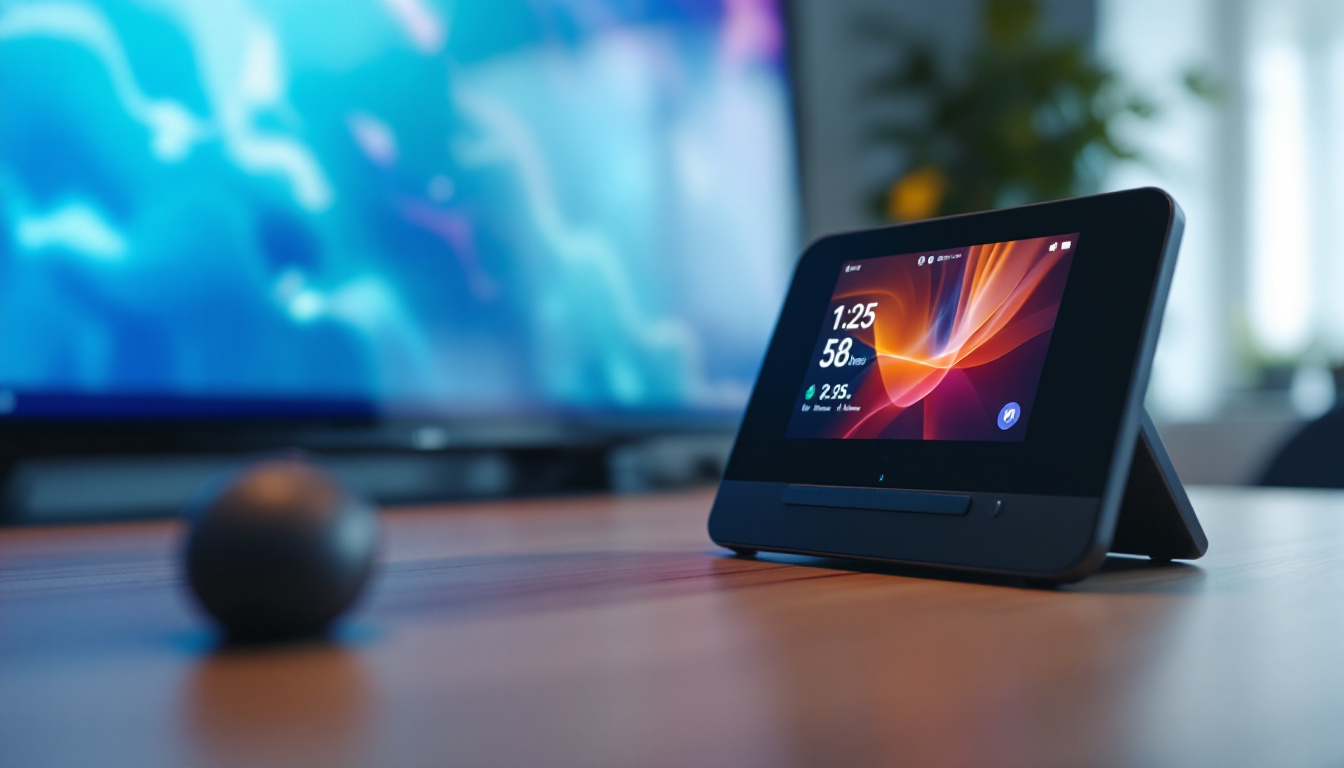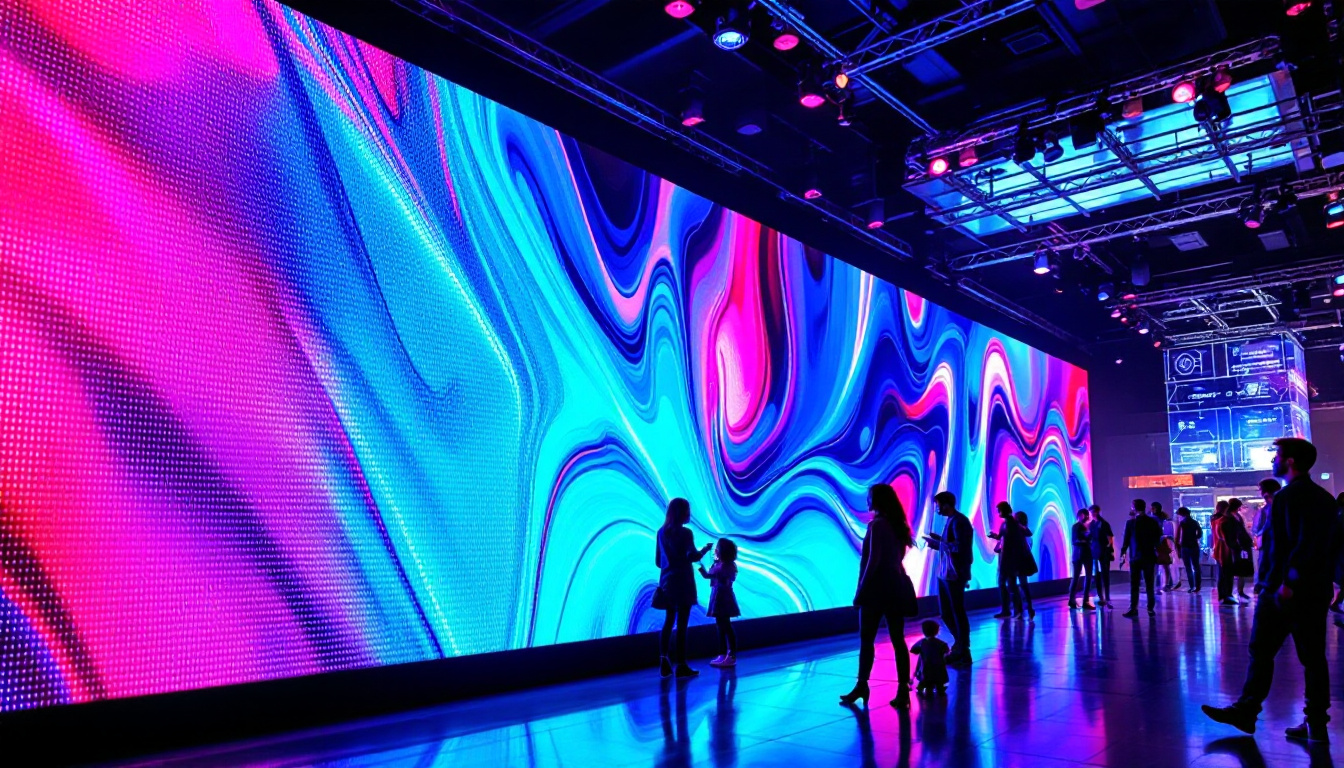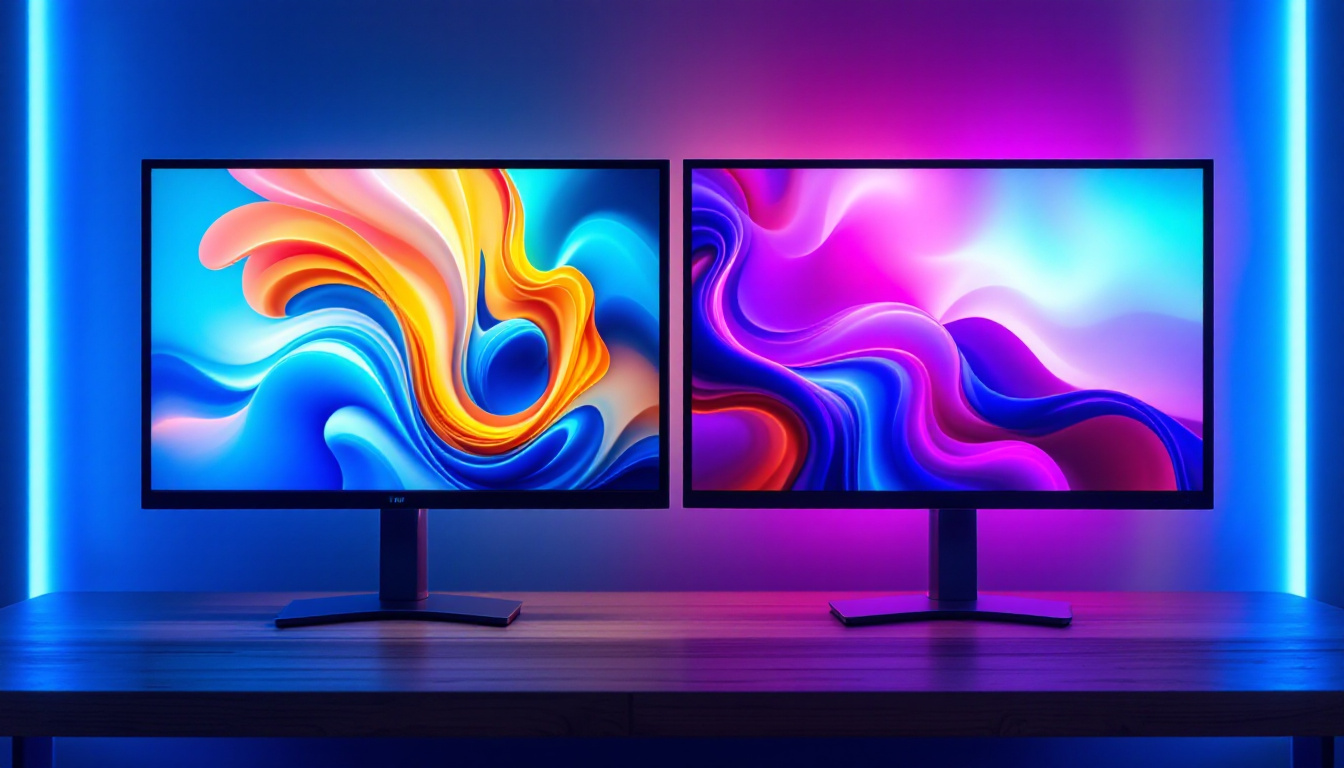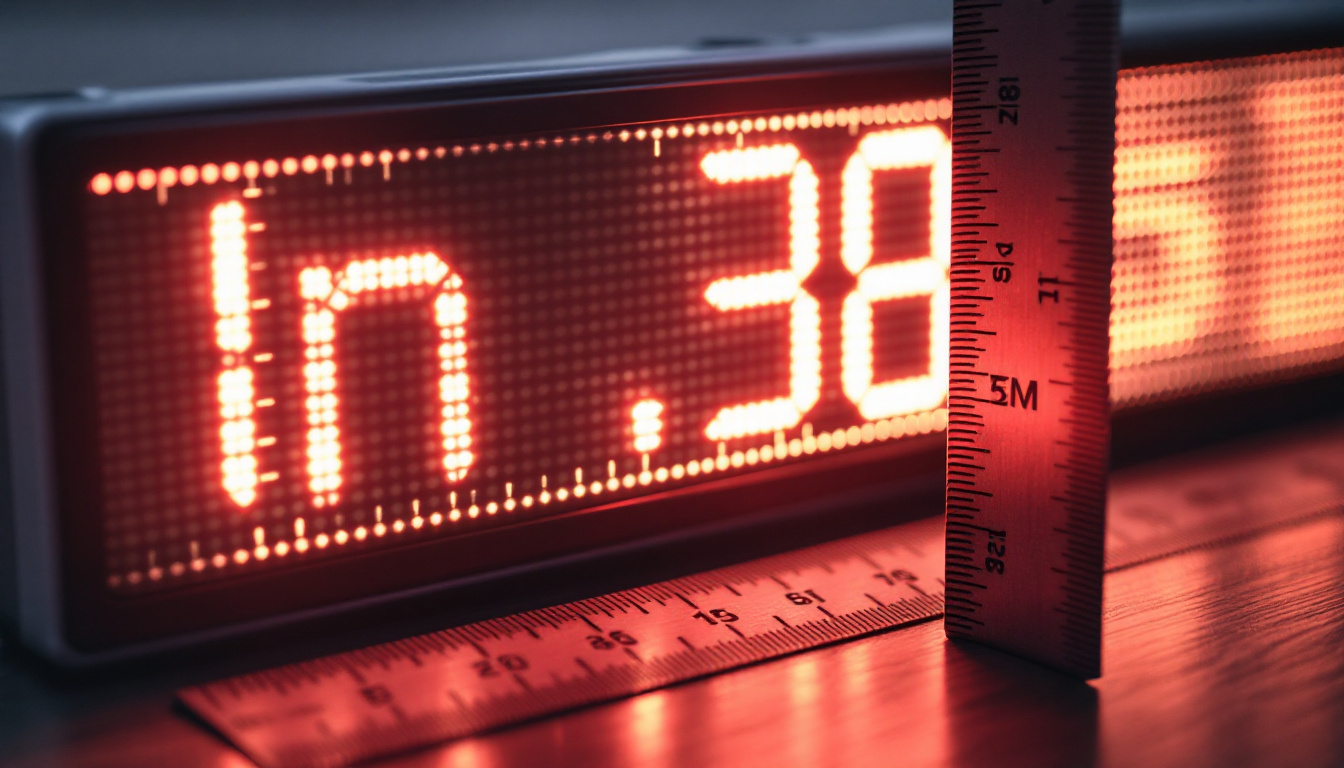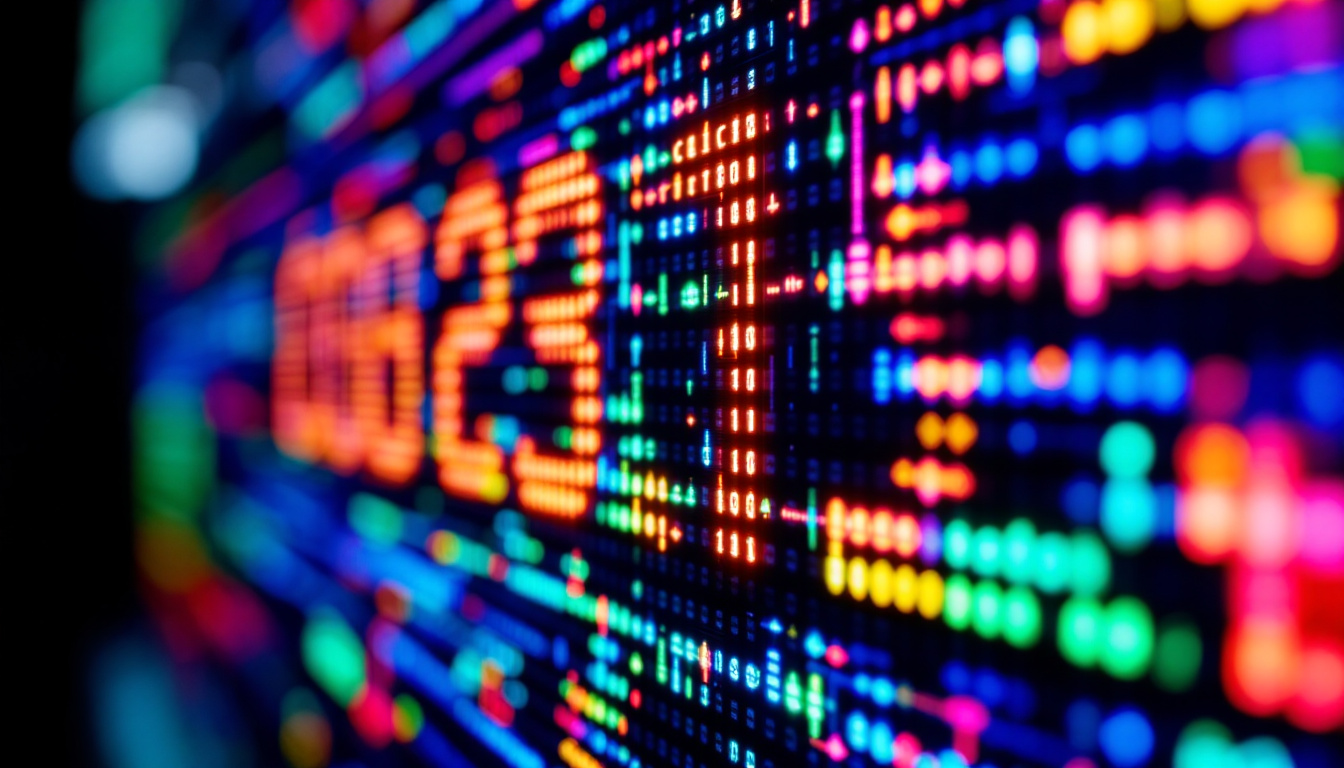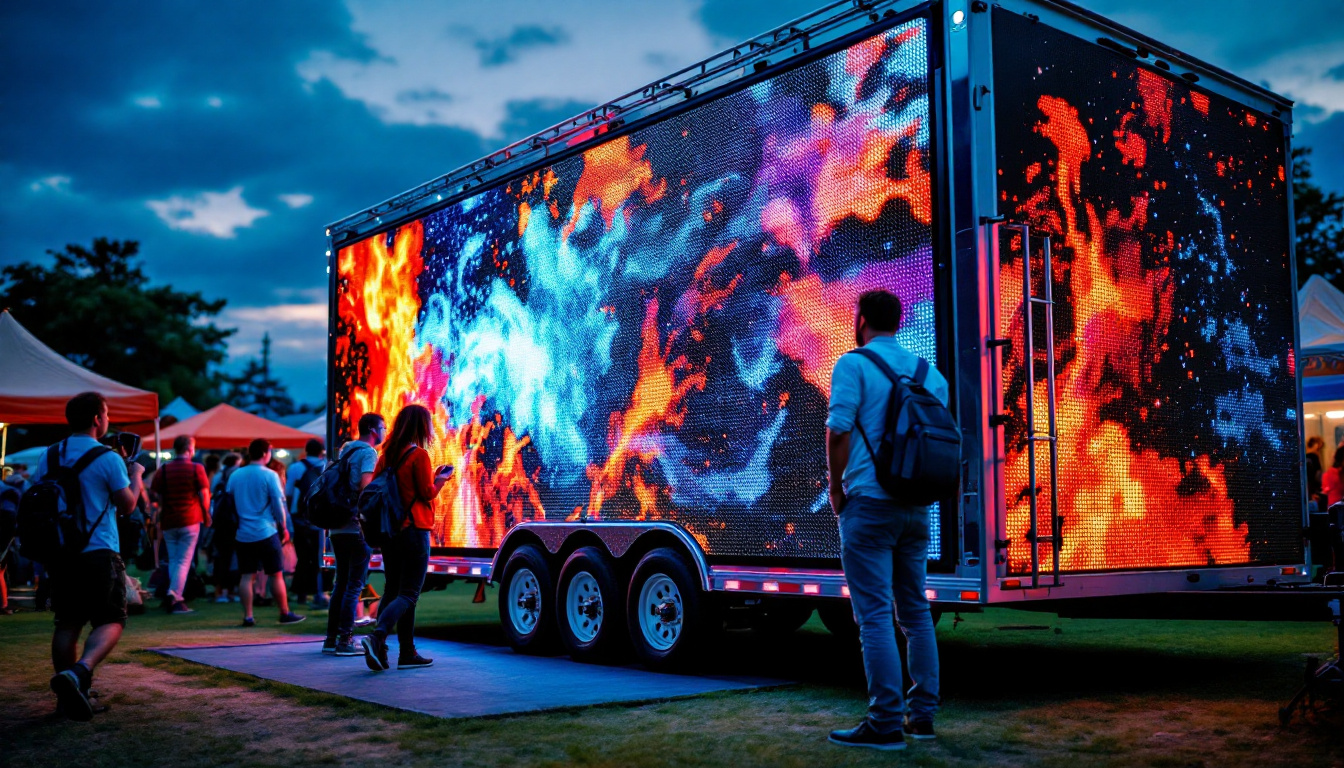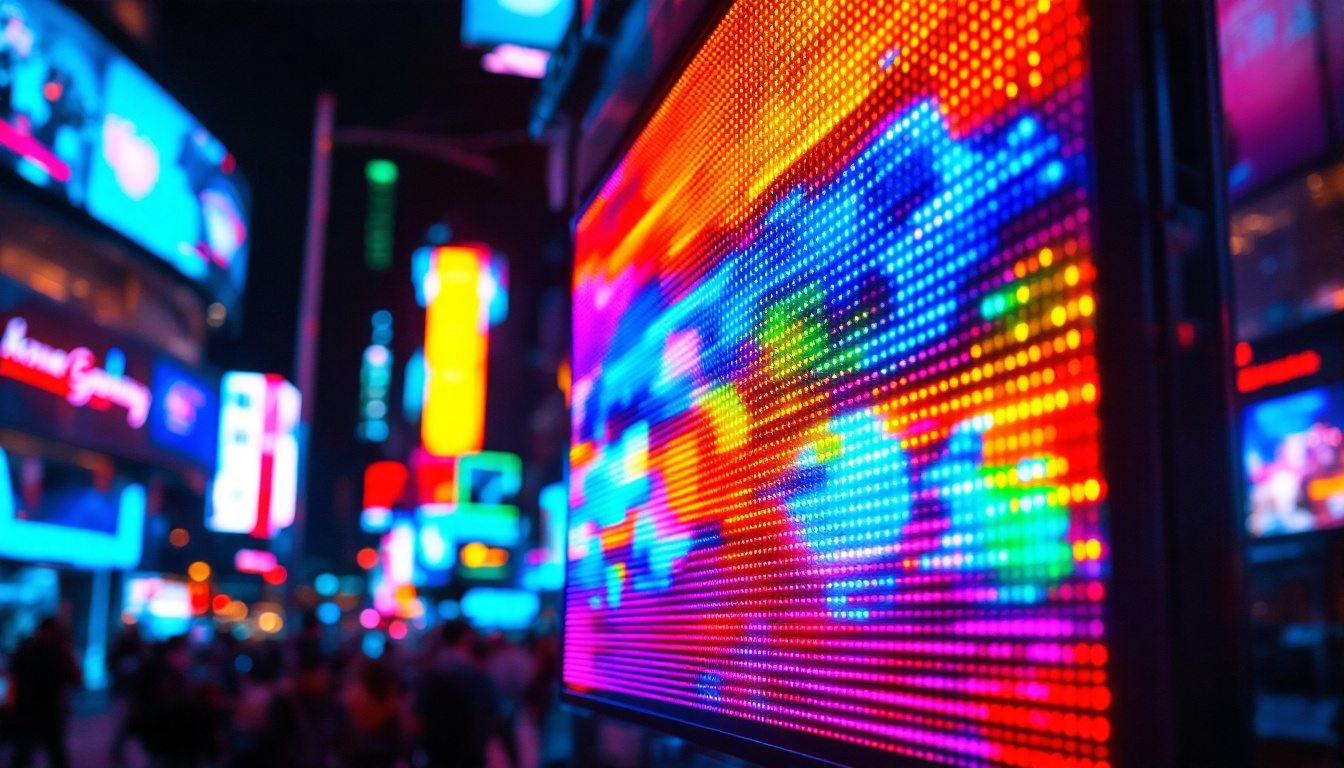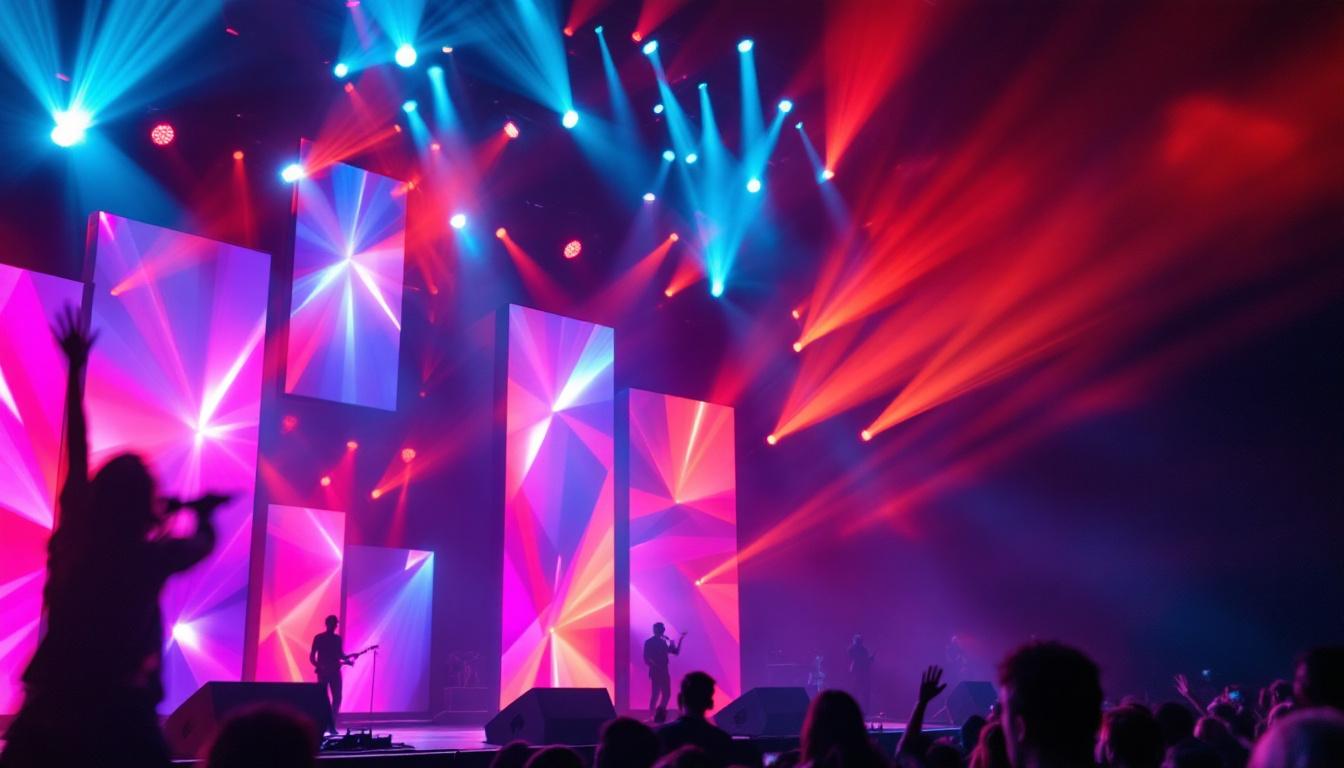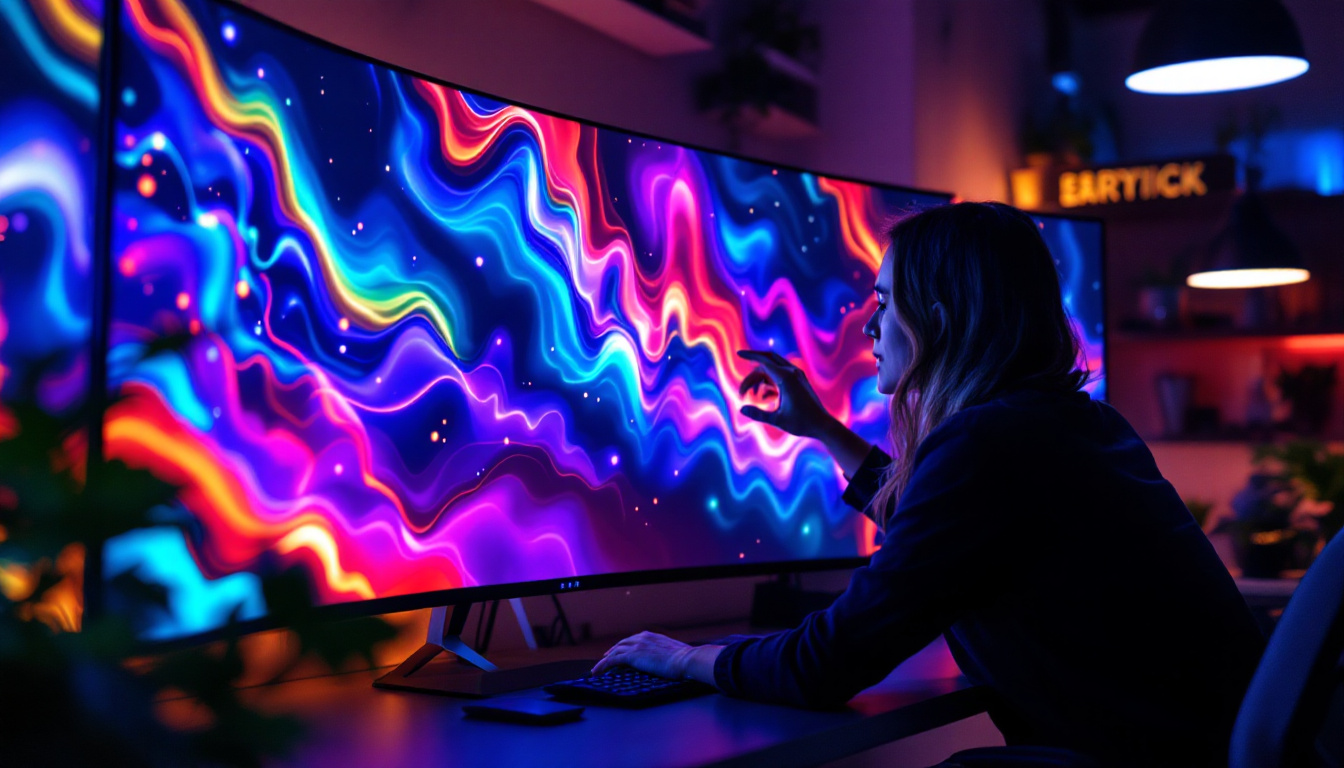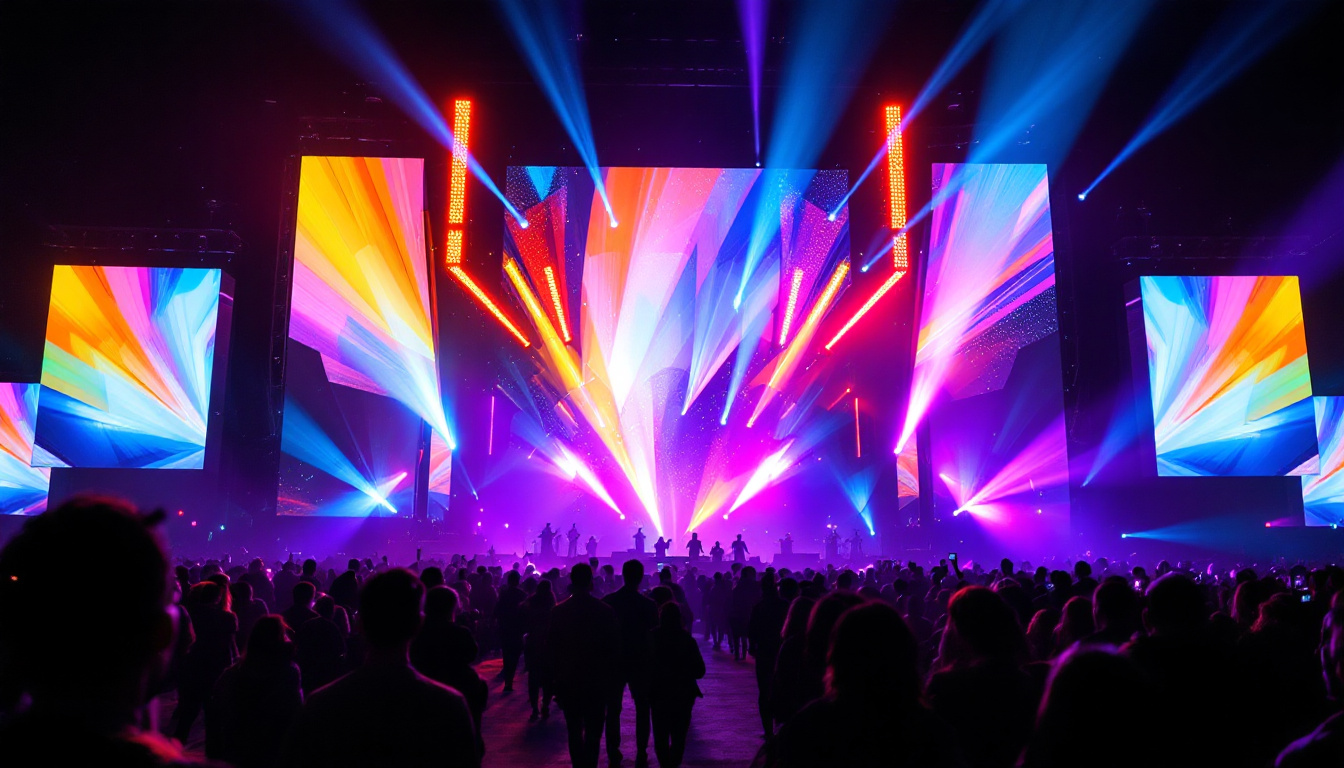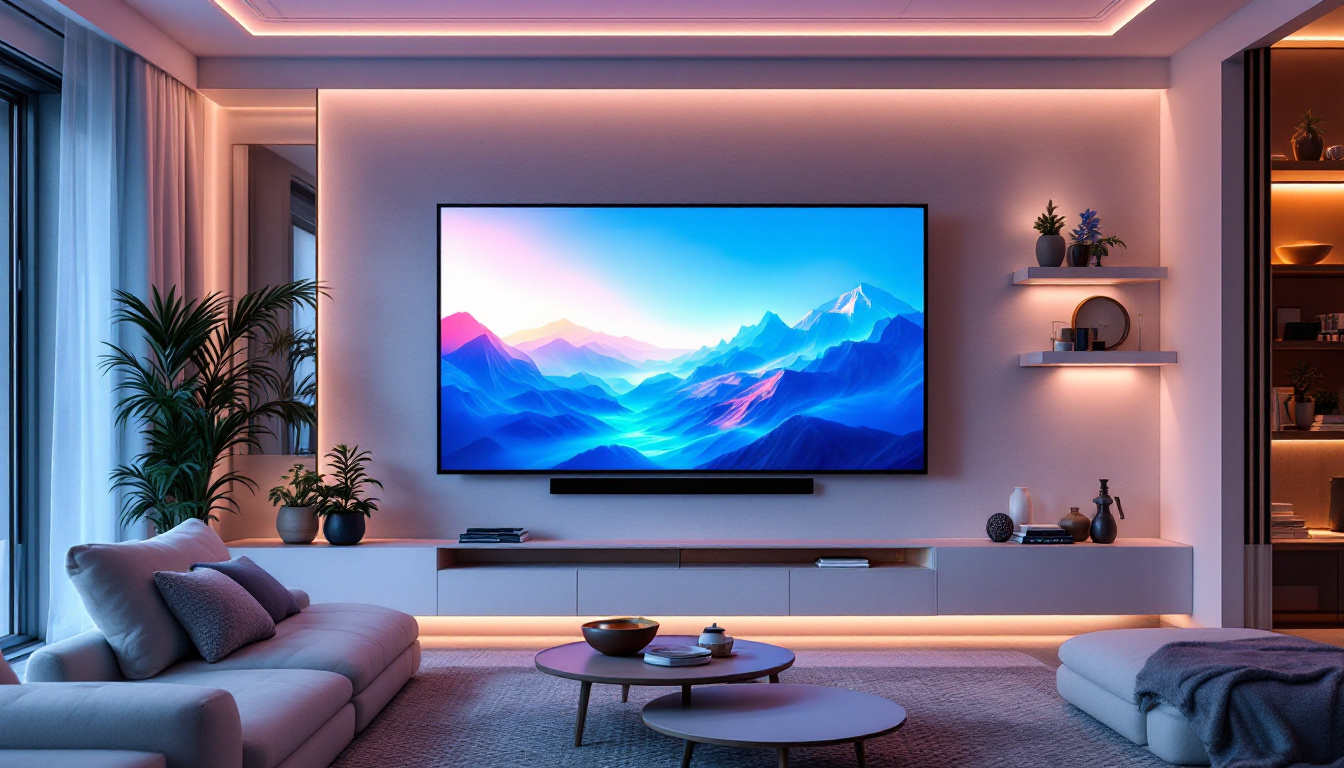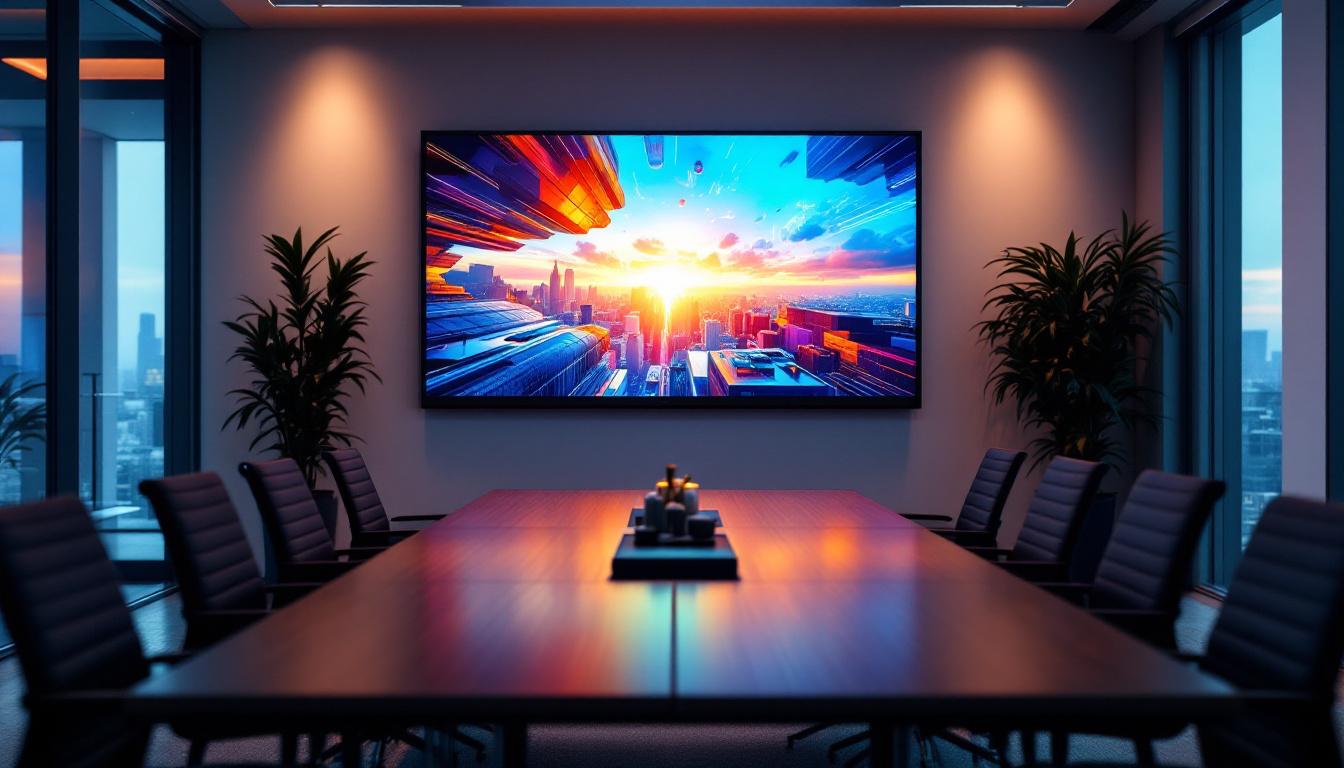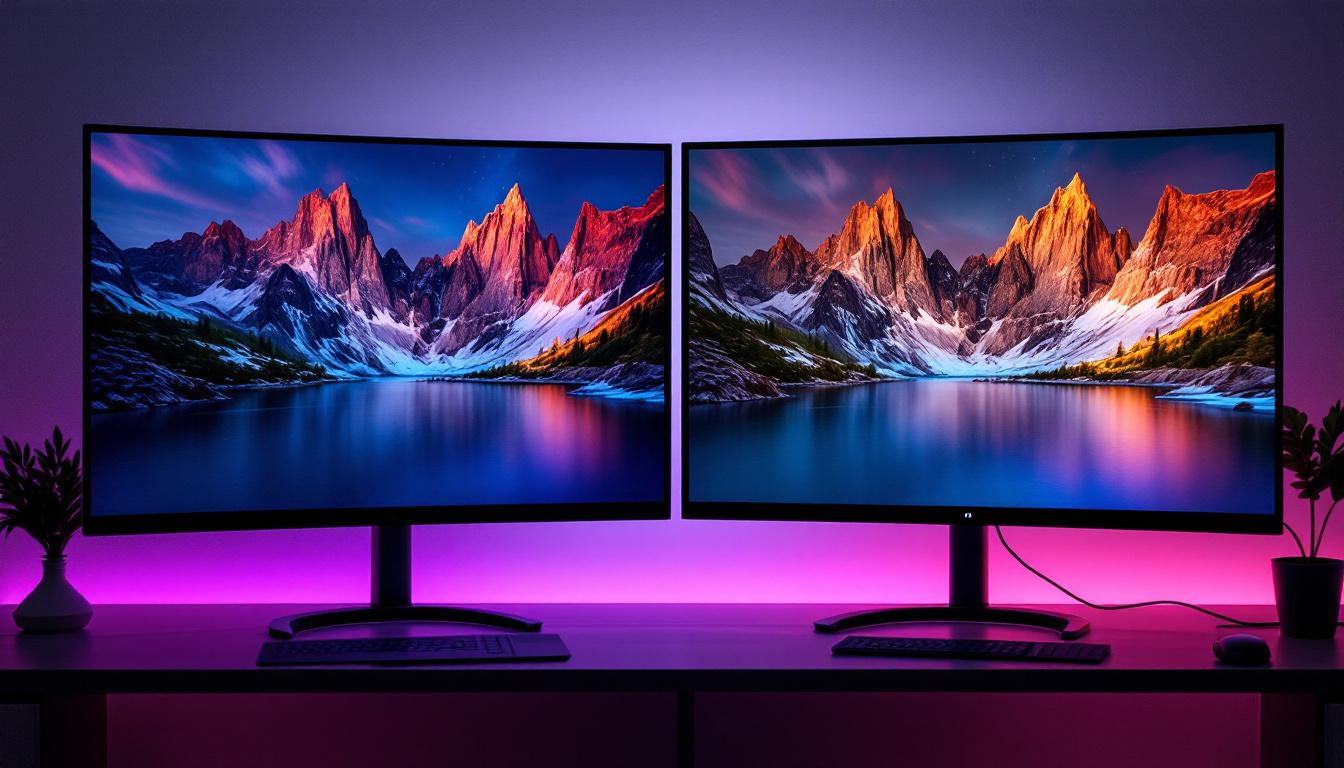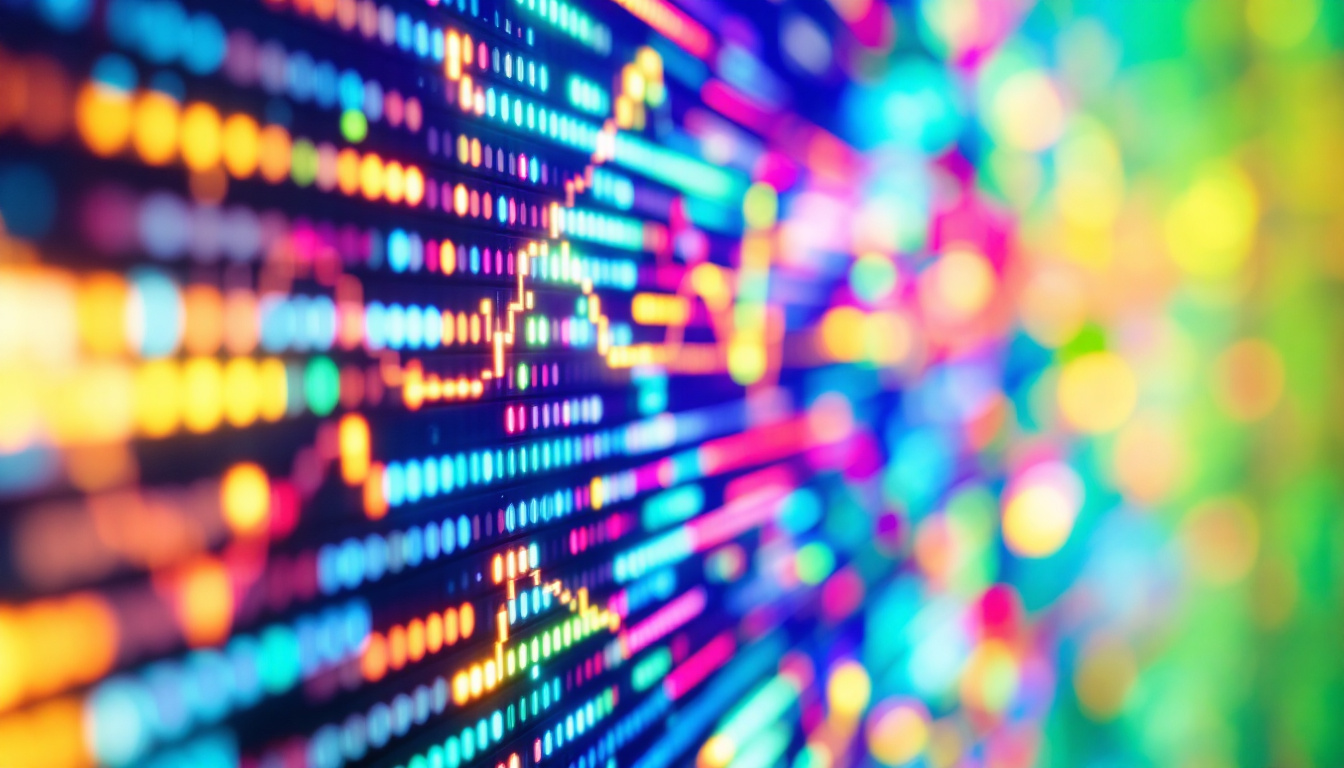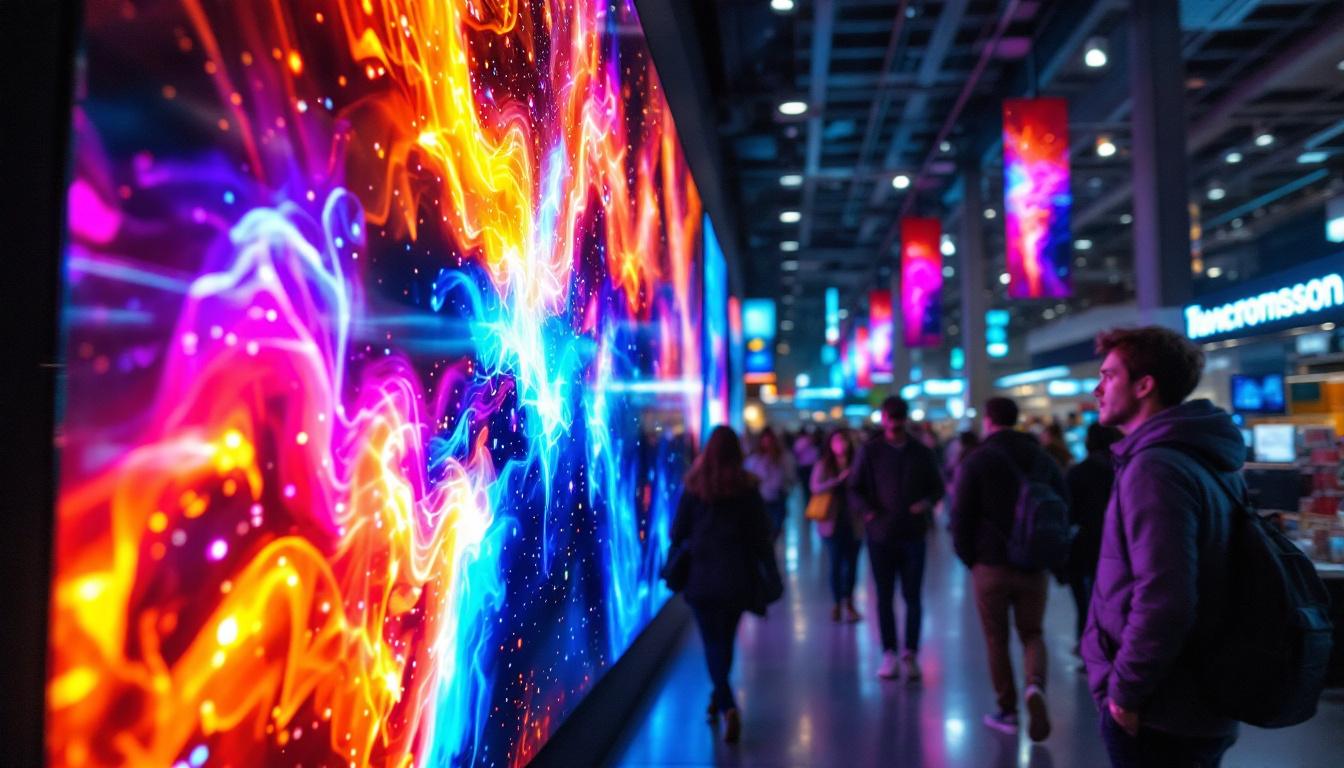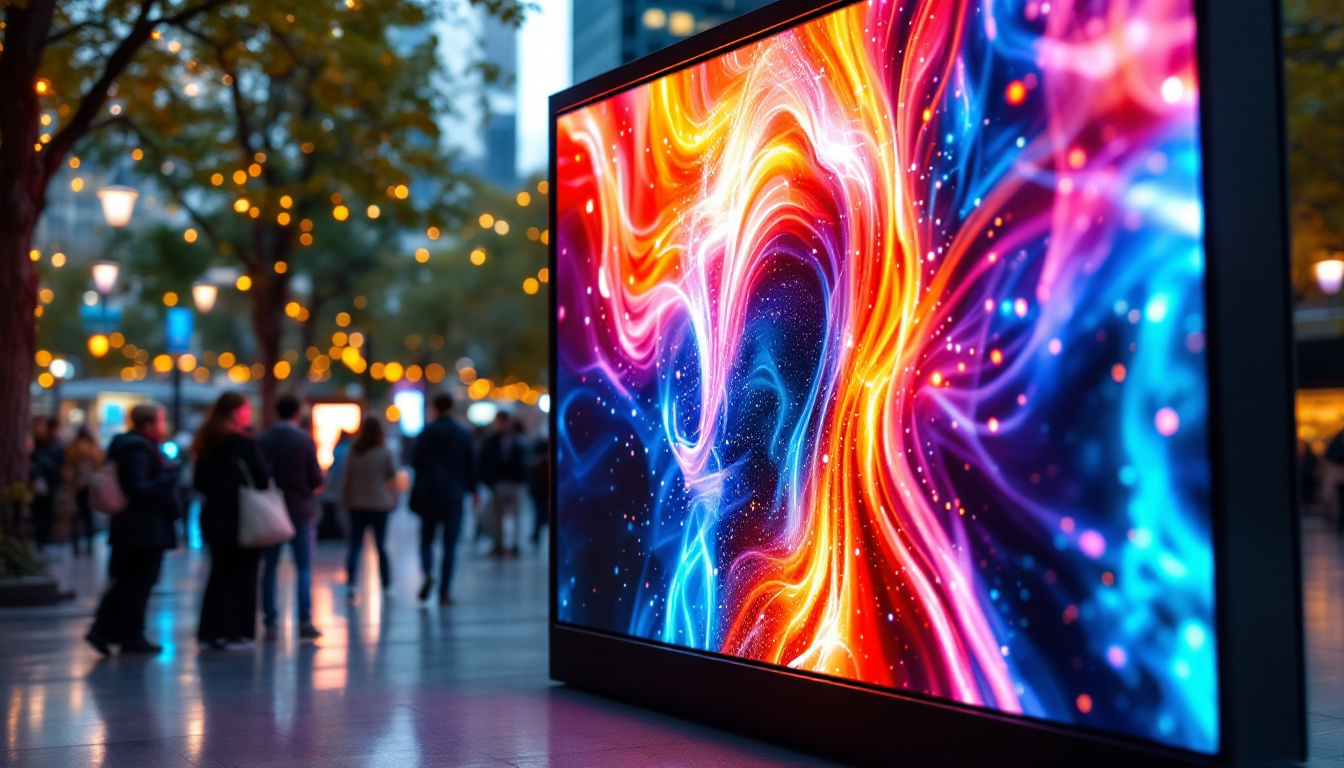Real Time LED Scoreboard: LED Display Explained
In the world of sports and events, the importance of accurate and visible scorekeeping cannot be overstated. Real-time LED scoreboards have become an essential component in stadiums, arenas, and various venues, providing instant updates and information to players and spectators alike. This article delves into the intricacies of LED scoreboards, exploring their technology, benefits, and applications.
Understanding LED Technology
LED, or Light Emitting Diode, technology has revolutionized how information is displayed. Unlike traditional scoreboards that rely on bulbs or liquid crystal displays (LCDs), LED scoreboards utilize small diodes that emit light when an electric current passes through them. This technology offers numerous advantages, making it the preferred choice for modern scorekeeping.
How LED Works
LEDs function by converting electrical energy into light. Each diode consists of a semiconductor material that emits photons when energized. By combining different colors of LEDs—red, green, and blue—manufacturers can create a full spectrum of colors, allowing for vibrant and dynamic displays. This capability is particularly useful in sports, where quick changes in scores and animations are often required. Furthermore, the modular nature of LED technology allows for easy customization of scoreboard sizes and shapes, catering to the specific needs of various venues, from small community fields to large stadiums.
Advantages of LED Scoreboards
The advantages of LED scoreboards extend beyond mere aesthetics. One of the most significant benefits is their brightness. LED displays are visible even in bright daylight, ensuring that spectators can easily read scores from a distance. Additionally, LED scoreboards are energy-efficient, consuming less power than traditional displays, which translates to lower operational costs. This energy efficiency is not only beneficial for the environment but also aligns with the growing trend of sustainability in sports facilities.
Durability is another key advantage. LED scoreboards are designed to withstand harsh weather conditions, making them suitable for outdoor use. Their longevity means that organizations can expect a return on investment over time, as these displays often last for many years with minimal maintenance. Moreover, many LED scoreboards come with advanced features such as programmable messages and real-time statistics, allowing teams to engage with their audience in new and exciting ways. This interactivity can enhance the spectator experience, making games more enjoyable and memorable for fans of all ages.
Applications of LED Scoreboards
LED scoreboards are versatile and can be found in various settings beyond traditional sports arenas. Their applications range from professional sports leagues to community events, showcasing their adaptability and functionality.
Sports Venues
In professional sports, LED scoreboards are a staple. They display not only scores but also player statistics, game time, and advertisements. This multifunctionality enhances the spectator experience, keeping fans engaged throughout the event. Major leagues, such as the NFL and NBA, utilize large-scale LED displays that can showcase instant replays and highlight reels, further enriching the viewing experience. Additionally, these scoreboards can be integrated with social media feeds, allowing fans to see live tweets and posts related to the game, thus creating a more interactive environment.
Community Events and Schools
Beyond professional sports, LED scoreboards are increasingly used in schools and community sports leagues. These displays allow local teams to promote their games and achievements, fostering community spirit and engagement. Furthermore, schools can use LED scoreboards for various events, including track and field meets, basketball games, and even graduation ceremonies, where they can display messages and announcements. The ability to customize the content on these scoreboards means that schools can celebrate individual student achievements, showcase team spirit, and even relay important information to parents and attendees, making them an invaluable tool for communication.
Concerts and Festivals
LED scoreboards are not limited to sports. They are also utilized in concerts and music festivals, where they can display information about performers, schedules, and sponsors. The vibrant colors and high visibility of LED displays enhance the overall atmosphere of live events, making them more enjoyable for attendees. Moreover, these scoreboards can serve as a canvas for creative visual displays, such as animations and graphics that sync with the music, adding another layer of excitement to the performance. Event organizers can also use them to engage the audience with live polls or trivia, making the experience more interactive and memorable.
Corporate Events and Advertising
In the corporate world, LED scoreboards have found a niche as effective advertising tools during trade shows, conferences, and corporate events. Companies can showcase their products, services, and branding in a dynamic format that captures the attention of attendees. These displays can be programmed to rotate through various advertisements, ensuring maximum exposure for sponsors while providing valuable information to potential customers. Additionally, LED scoreboards can be utilized for live event updates, such as auction bids or raffle numbers, creating an engaging atmosphere that encourages participation and excitement among attendees.
Components of a Real-Time LED Scoreboard
Understanding the components of a real-time LED scoreboard helps in appreciating its functionality and performance. Each scoreboard is made up of several key elements that work together to deliver real-time information effectively.
Display Panels
The display panels are the most visible component of the scoreboard. They consist of numerous LED modules arranged in a grid pattern. These panels can be customized in size and resolution, depending on the specific needs of the venue. Higher resolution panels provide clearer images and text, which is crucial for conveying information quickly and accurately. Additionally, the brightness of the LED panels can be adjusted to ensure visibility in various lighting conditions, from bright sunlight to dim indoor arenas. This adaptability makes LED scoreboards suitable for a wide range of sporting events, from outdoor football games to indoor basketball matches.
Control Systems
Control systems are the brains behind the operation of LED scoreboards. These systems allow operators to input data, such as scores and player information, in real time. Modern control systems are often user-friendly, featuring intuitive interfaces that make it easy for operators to manage the scoreboard during fast-paced events. Some advanced systems even support remote operation, enabling operators to control the scoreboard from different locations, which can be particularly beneficial in large venues. Moreover, these systems often include pre-programmed templates for various sports, allowing for quick adjustments and ensuring that the scoreboard displays relevant information tailored to the specific game being played.
Connectivity and Integration
For a scoreboard to function seamlessly, it must be integrated with other systems, such as timing devices and data feeds. Many LED scoreboards come equipped with connectivity options, allowing them to receive real-time data from various sources. This integration ensures that the displayed information is accurate and up-to-date, which is vital for maintaining the integrity of the game. Furthermore, modern scoreboards can connect to social media platforms and mobile applications, enabling fans to receive live updates and engage with the event in real time. This connectivity not only enhances the spectator experience but also opens up new avenues for advertising and sponsorship opportunities, as brands can display targeted messages during critical moments of the game.
Installation and Maintenance Considerations
Installing an LED scoreboard involves careful planning and consideration of various factors. The installation process can be complex, requiring expertise to ensure that the scoreboard functions correctly and meets safety standards.
Site Assessment
Before installation, a thorough site assessment is necessary. Factors such as visibility, distance from the audience, and potential obstructions must be evaluated. The location should allow for optimal viewing angles, ensuring that all spectators can easily see the display. Additionally, considerations regarding power supply and connectivity to control systems must be addressed during this phase.
Maintenance Requirements
While LED scoreboards are known for their durability, regular maintenance is essential to ensure their longevity and performance. This maintenance may include cleaning the display panels, checking connections, and updating software. Many manufacturers offer maintenance packages that include routine inspections and repairs, helping organizations manage their scoreboards effectively.
Future Trends in LED Scoreboard Technology
The technology behind LED scoreboards continues to evolve, with new trends emerging that promise to enhance their functionality and user experience. Staying informed about these trends can help organizations make informed decisions regarding their scoreboard investments.
Smart Scoreboards
One of the most exciting trends is the development of smart scoreboards. These advanced systems incorporate artificial intelligence and machine learning to analyze game data and provide insights. For instance, smart scoreboards can predict game outcomes based on historical data, offering fans a deeper understanding of the game.
Interactive Features
Another trend is the integration of interactive features. Many modern LED scoreboards allow for fan engagement through social media integration, where spectators can see their posts displayed in real time. This interaction not only enhances the event experience but also fosters a sense of community among fans.
Enhanced Graphics and Animations
As technology advances, so does the capability for enhanced graphics and animations. Future LED scoreboards are expected to feature higher resolutions and more sophisticated animations, providing a more immersive experience for viewers. This development will allow for dynamic content that can capture the attention of audiences more effectively than ever before.
Conclusion
Real-time LED scoreboards play a crucial role in modern sports and events, offering a combination of functionality, visibility, and engagement. Their advanced technology and versatility make them an invaluable asset for venues of all sizes. As the industry continues to innovate, organizations can expect even more exciting developments in LED scoreboard technology, ensuring that fans and participants remain informed and engaged.
Investing in a quality LED scoreboard not only enhances the spectator experience but also demonstrates a commitment to professionalism and excellence in event management. As the demand for real-time information grows, LED scoreboards will undoubtedly remain at the forefront of this evolution, continuing to light up arenas and fields around the world.
Illuminate Your Venue with LumenMatrix
Ready to elevate your event experience with the latest in LED technology? LumenMatrix is at the forefront of LED innovation, offering a wide array of solutions tailored to your needs. From captivating Indoor and Outdoor LED Wall Displays to dynamic LED Sports Displays and beyond, our products are designed to deliver unparalleled visual impact. Discover how LumenMatrix can transform your space and engage your audience like never before. Check out LumenMatrix LED Display Solutions today and step into the future of visual communication.

